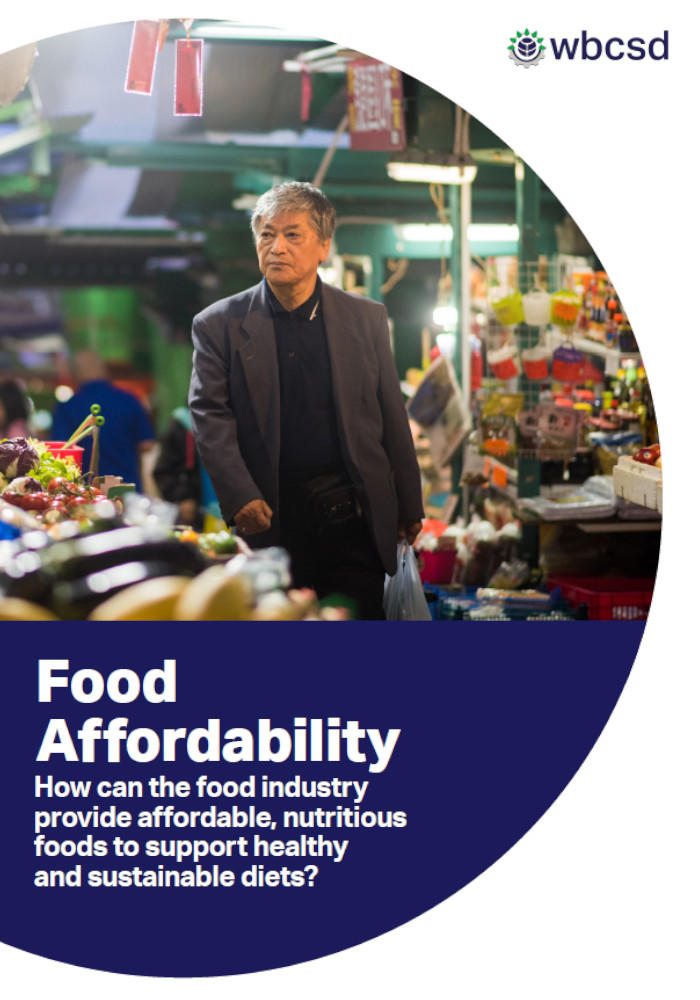
Food affordability is an important determinant of food choice and access, driving dietary patterns, nutrition status and overall health and environmental outcomes. Affordability remains a key barrier to accessing nutritious foods that make up healthy diets among the poorest segments of the population worldwide, particularly in low-income countries in sub-Saharan Africa and South and Southeastern Asia.
The State of Food Security and Nutrition in the World (SOFI) 2022 report found that around 3.1 billion people cannot afford the least-cost form of a healthy diet, an increase of 112 million since 2019. Moreover, 1.5 billion people cannot afford diets that are nutrient adequate, the majority live in Southern Asia (1.3 billion), sub-Saharan Africa (894 million) and Southeast Asia (347 million).
Climate shocks, conflict and pandemics risk further impacting fragile food systems in these regions, resulting in further economic downturns and supply chain disruptions, driving the cost of nutritious foods and, ultimately, healthy diets beyond the reach of most households.
This paper highlights the opportunities for the private sector to help build food system resilience and increase the affordability of the nutritious foods. It outlines four key areas where businesses can act to increase the affordability of foods. The first two of these interventions address overall food affordability issues and the latter two specifically aim to address the affordability of healthy diets.

